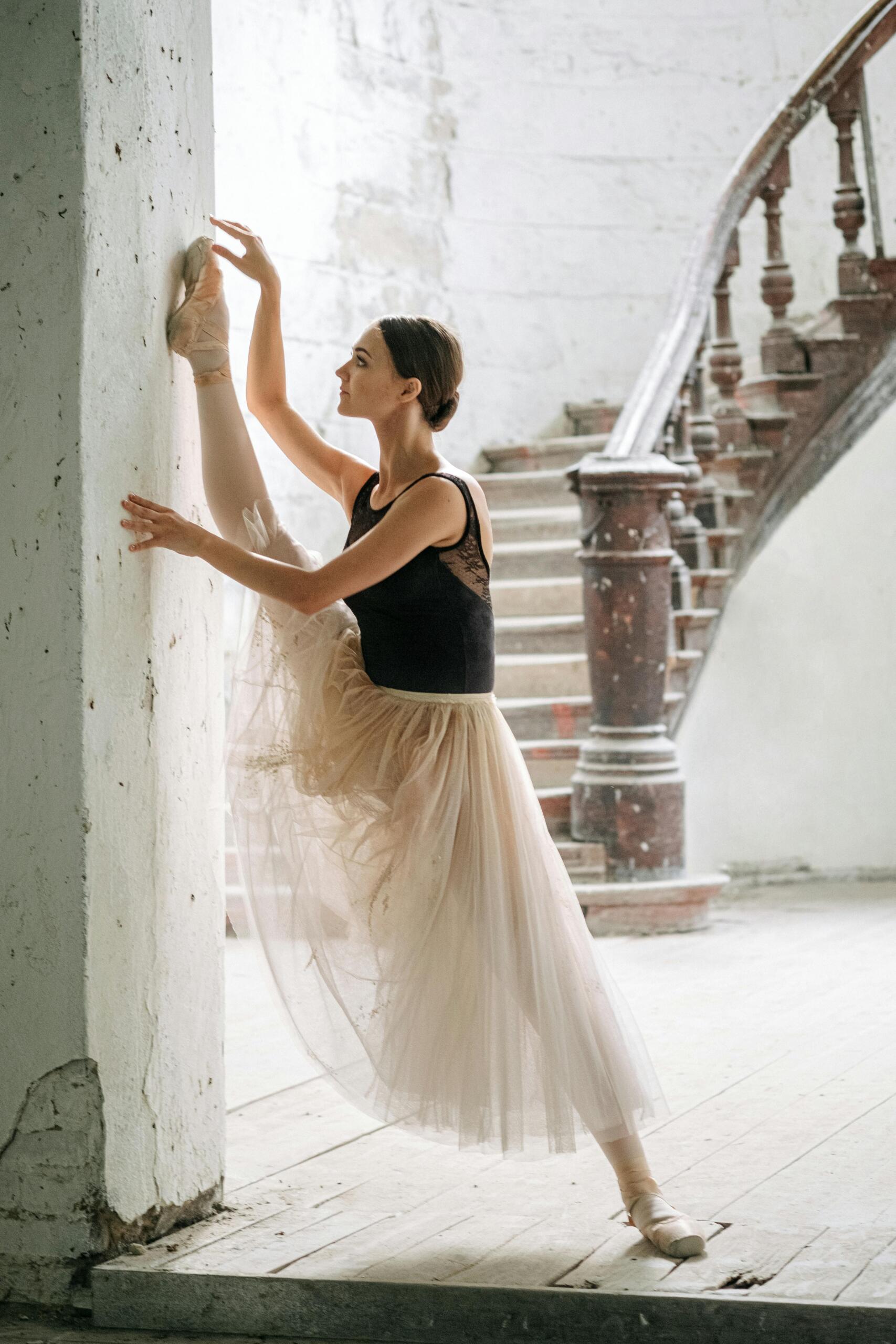What Are the Most Challenging Dance Styles for Beginners?
For those just starting their dance journey, choosing the right style can be both exciting and intimidating. While some styles lend themselves to beginners with more accessible techniques and rhythms, others can pose significant challenges due to their complexity, physical demands, or specialized skill sets. Here’s a look at some of the most challenging dance styles for beginners, offering insights into what makes them difficult yet rewarding for those who are willing to take on the challenge.
Argentine Tango: Complex and Improvisational
Argentine Tango is a notoriously difficult dance for beginners because it relies heavily on improvisation and partner connection. Unlike other forms of ballroom dance that follow a set structure, Argentine Tango is fluid, with the lead and follow roles requiring deep understanding and anticipation of each other’s movements. The intricate footwork, close embrace, and the need to interpret subtle cues make this dance challenging. Additionally, its reliance on musicality and emotional expression can be tough for beginners to grasp right away.
Breakdancing: Strength and Stamina
Breakdancing, or b-boying, is an incredibly demanding style that combines athleticism, agility, and strength. Beginners are often faced with the challenge of building the physical endurance required to execute the power moves, freezes, and spins that define breakdancing. The style’s acrobatic nature means dancers must develop upper body strength and flexibility, which can be particularly tough for those just starting. Additionally, breakdancing involves a unique vocabulary of movements that demand a significant amount of time and practice to master.


Flamenco: Rhythm and Emotion
Flamenco, with its roots in Spanish culture, is a passionate and expressive dance form that is deceptively complex. For beginners, mastering the intricate footwork, known as zapateado, can be particularly difficult, as it requires both precision and speed. Flamenco also demands a strong sense of rhythm and timing, often performed to live guitar music that can vary in tempo. Beyond technique, the emotional intensity of flamenco adds another layer of complexity, as dancers are expected to convey deep feeling and presence through their movements. This combination of physical and emotional demands makes it one of the more challenging styles for those new to dance.
Indian Classical Dance: Intricate and Cultural
Indian classical dance forms, such as Bharatanatyam, Kathak, and Odissi, present a significant challenge for beginners due to their rich cultural traditions, detailed hand gestures (mudras), and precise footwork. These styles are deeply rooted in storytelling, with each movement, expression, and gesture carrying symbolic meaning. For beginners, learning the nuances of these dances can be overwhelming, as they require not only technical mastery but also an understanding of the cultural and historical context. The complexity of rhythms, particularly in Kathak’s fast footwork, adds to the difficulty, demanding both mental and physical stamina.
Ballroom Quickstep: Speed and Synchronization
Ballroom Quickstep is another challenging dance style for beginners, primarily due to its fast pace and need for perfect synchronization with a partner. Quickstep is a high-energy dance characterized by rapid footwork and a smooth, gliding movement across the floor. The speed of the steps, combined with the necessity to remain in a closed frame with a partner, can be difficult to manage for newcomers. Quickstep also requires strong coordination and the ability to maintain balance and control at a fast tempo, making it one of the more difficult ballroom dances to learn.
Tap Dance: Complex Rhythms and Coordination
Tap dance may appear fun and light-hearted, but its reliance on precise footwork and complex rhythms makes it a challenging style for beginners. Tap dancers must develop the ability to create rhythmic sounds with their feet, which requires excellent coordination, timing, and balance. The syncopated beats and intricate patterns can be difficult for new dancers to keep up with, especially when trying to synchronize their movements with music. As beginners work to master the basic steps, they also have to develop a strong sense of rhythm and musicality to advance in this style.
Overcoming Challenges for Reward
While these dance styles may present steep learning curves for beginners, they also offer immense rewards for those willing to dedicate time and effort. The physical and mental challenges posed by styles like ballet, Argentine Tango, and breakdancing can help dancers build strength, coordination, and resilience. Moreover, overcoming the initial difficulties leads to a deep sense of accomplishment and mastery, making the journey through these complex styles all the more rewarding. For beginners ready to challenge themselves, these dance forms offer a path to both artistic growth and personal fulfillment.

